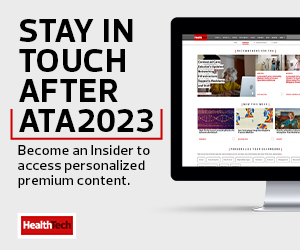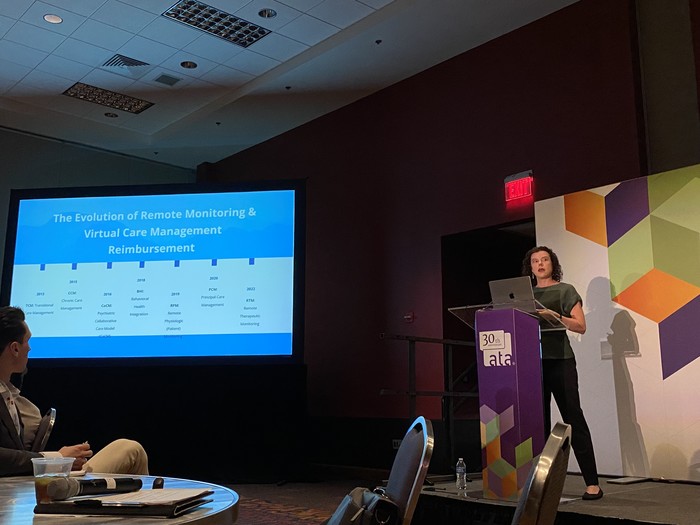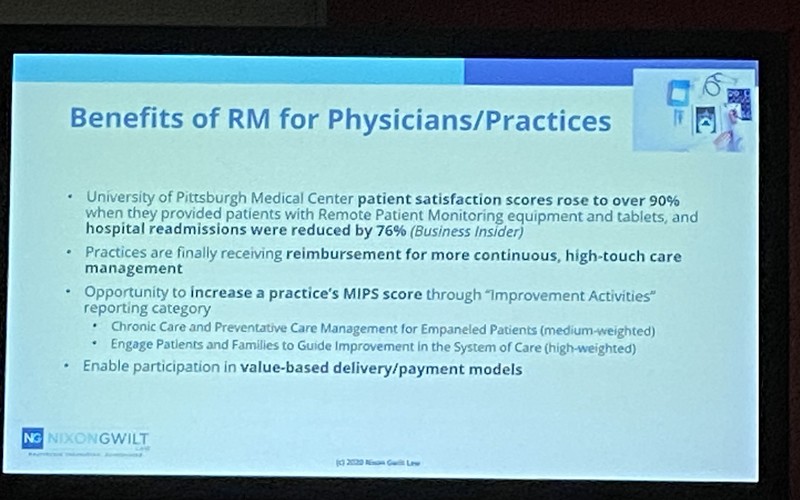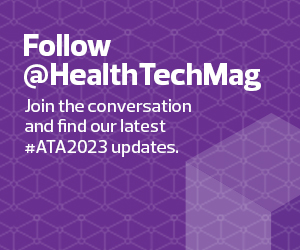At times, telehealth has been viewed as a revenue generator instead of a mode of care delivery, Kvedar said, and that has led to missteps. Clinicians need to fully shed the belief that a virtually accessible service is somehow less formal than an in-person visit. “We are cheapening our own field by doing this,” he said.
As providers strive to deliver patient-centered care on a continuum, telehealth is making its mark as a vital part of a seamless hybrid care model. As programs emerge and extend beyond the COVID-19 pandemic, organizations must balance the experiences of clinicians and patients.
Provide High-Quality Remote Monitoring Services
Remote monitoring is one aspect of virtual care that has seen significant gains in the past few years through reimbursement changes and policy updates. A deep dive during day one of ATA2023 outlined the history of remote monitoring, current policies and experiences from healthcare organizations.
“The goal behind care management services in general, including remote monitoring, is really to provide a much more continuous touch for patients who really need it in between their regular physician or office visits,” said Carrie Nixon, managing partner of Nixon Gwilt Law.


















